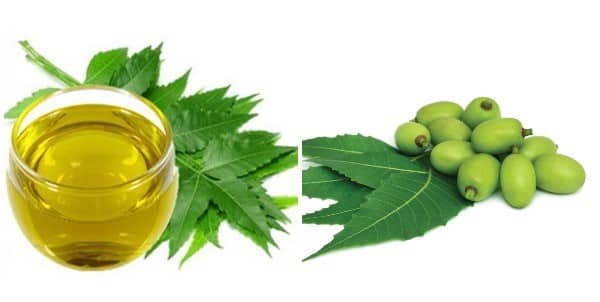Project Report For Neem Oil
Introduction
Neem oil project report is as follows.
Neem oil, an organic pesticide, is found in neem tree seeds. It has a color ranging from yellow to brown, a bad flavor, and a sulfurous smell. For hundreds of years, it has been used to control pests and diseases. Neem oil components can now be found in a wide range of products. Toothpaste, cosmetics, soaps, and pet shampoos are examples of these. Neem oil is made up of several different components.
The most active component for repelling and killing pests is azadirachtin, which can be extracted from neem oil. The remainder is referred to as clarified hydrophobic neem oil. A tree native to the Indian subcontinent that has been introduced to many other tropical areas It is the most important commercially available neem product and is used in organic farming and medicine.

Neem oil is a vegetable oil derived from the seed kernels of the tropical and subtropical evergreen tree Azadirachta indica. It has a deep yellow colour and a garlic-like odour. Neem oil is made up of numerous components. Most active is azadirachtin. It serves as a repellant and lessens insect feeding. Additionally, it disrupts the hormone systems of insects, making it more difficult for them to grow and lay eggs. Azadirachtin can also prevent nematodes from feeding and repel them. Other elements of neem oil kill insects by preventing them from feeding.
Get Completely Custom Project Report
The benefits of neem oil include the relief of red, itchy, inflamed skin caused by conditions such as acne, burns, rosacea, eczema, psoriasis, and rashes, among others. Neem Oil is a natural anti-aging product that can also be used as a sunscreen to protect the skin from UV rays. It penetrates deeply into the skin, replenishing moisture, improving elasticity, smoothing wrinkles, stimulating collagen production, and healing dry-skin cracks.
It reduces redness and imparts a healthy glow to the skin. Because of its ability to unclog pores and follicles while soothing irritated skin without leaving a greasy residue, Neem Carrier Oil is an effective agent for acne-prone skin; it prevents future breakouts by eliminating acne-causing bacteria, purging impurities, tightening pores, and evening out skin tone.
Manufacturing Process Of Neem Oil
First, the neem seeds are collected from the neem tree and cleaned to remove any debris or impurities. Then, the seeds are dried in the sun for several days to reduce their moisture content.
Next, the dried neem seeds are crushed or ground into a fine powder using a mortar and pestle or mechanical grinder. The resulting powder is mixed with water to create a paste, which is then pressed to extract the neem oil.
The extracted neem oil is then filtered to remove any remaining solids or impurities. The oil may be further processed to remove any unwanted compounds or to adjust its purity and potency.
Finally, the neem oil is bottled and ready for use. The entire process is typically carried out by small-scale producers and farmers, and the resulting oil is used for a variety of purposes, including as a natural pesticide, insect repellent, and skin care product.
Market potential Of Neem Oil
In 2022, the Neem Oil Market was estimated to be worth $1.57 billion USD. Over the forecast period, the Global Neem Oil Market is expected to grow at a CAGR of 16.2%. The seeds of the neem tree are used to produce neem oil, a naturally occurring pesticide. It is high in minerals and antioxidants, which protect the skin from environmental damage and help to prevent oxidative stress. Cold-pressed neem oil is used in a variety of cosmetics, including soaps, hair products, hand creams, and pet shampoos.

The year 2021 serves as the baseline for forecasting the market from 2022 to 2029. The market size in 2022 is based on actual numbers and outputs from key and major players worldwide. When forecasting the market through 2029, the previous five years’ trends are considered. 2020 will be a year of exceptions and analysis, particularly in terms of the regional impact of the lockdown.
The countries covered in the neem oil concentrate market report are the United States, Canada, and Mexico in North America, Germany, Sweden, Poland, Denmark, France, the United Kingdom, the Netherlands, Switzerland, Belgium, Russia, Italy, Spain, Turkey, Rest of Europe in Europe, China, Japan, India, South Korea, Singapore, Malaysia, Australia, Thailand, Indonesia, Philippines, Rest of Asia-Pacific (APAC) in Asia-Pacific (APAC), Saudi Arabia, the United Arab Emirates, South Africa, Egypt.

